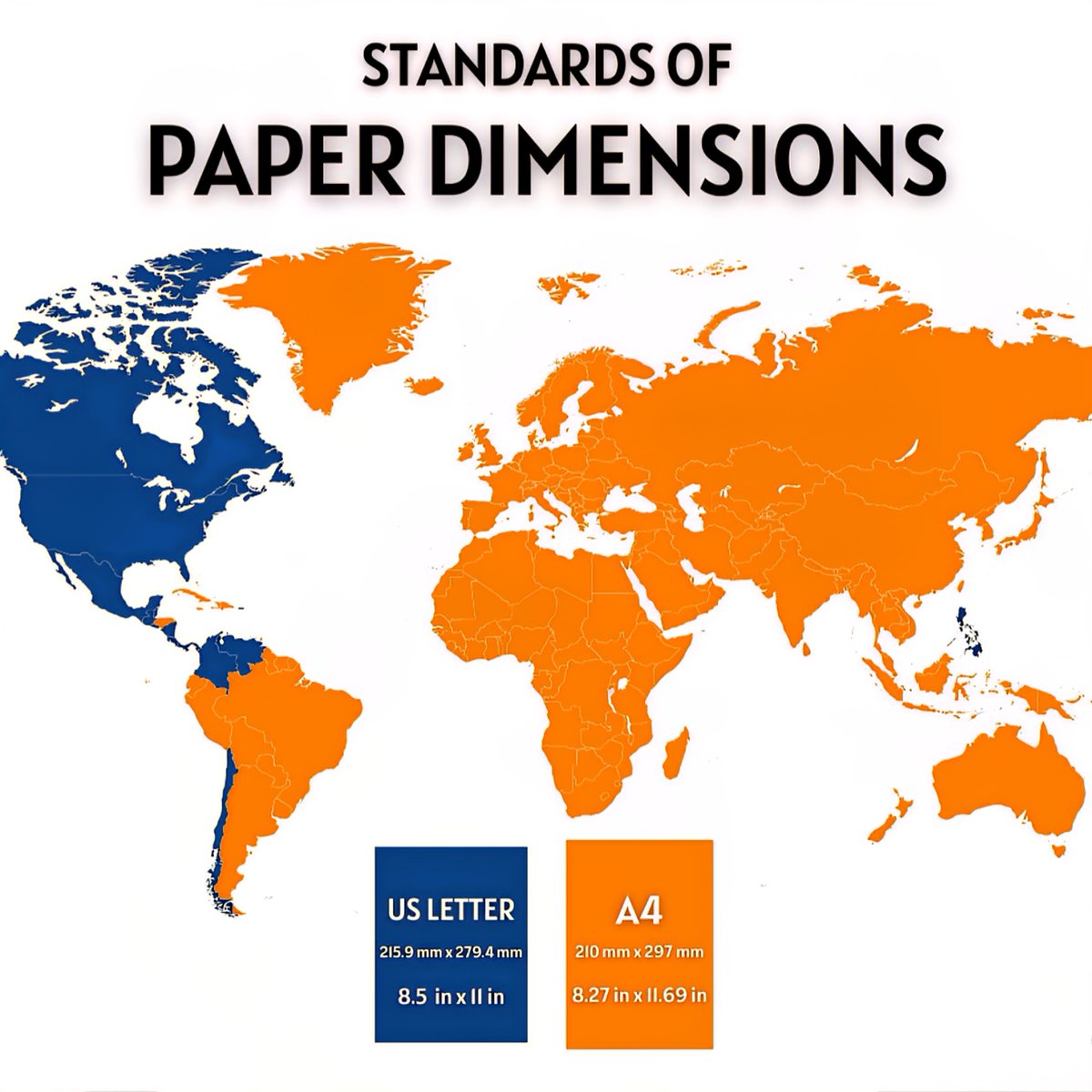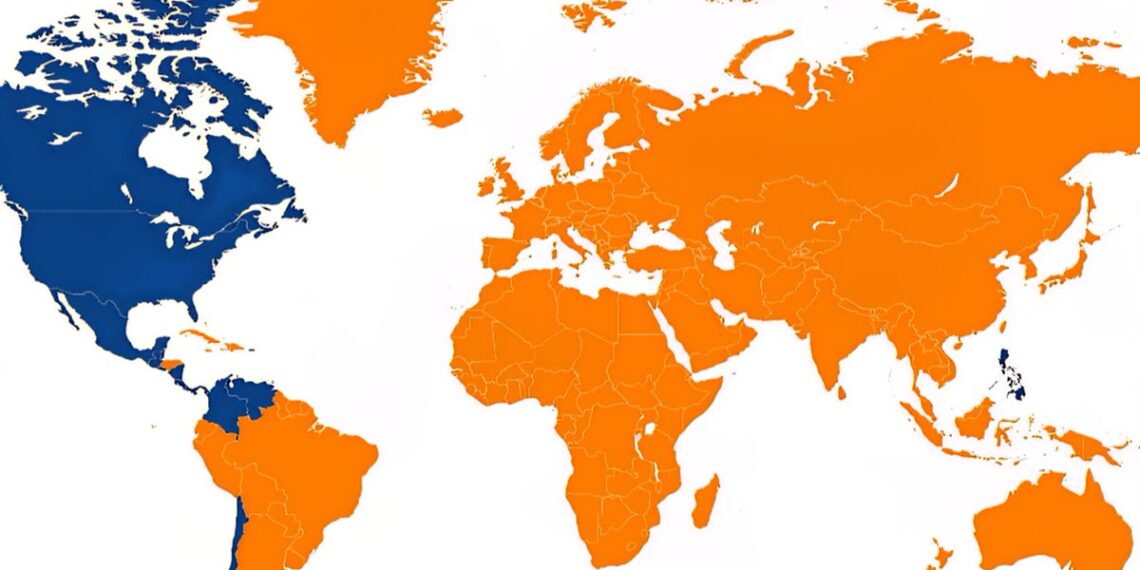Select Language:
How Global Paper Standards Are Shaping Industries in 2025

1. The Evolution of International Paper Certifications
As industries become more interconnected, the consistency of paper standards across countries has become crucial. Organizations such as ISO (International Organization for Standardization) and ASTM (American Society for Testing and Materials) are leading the charge in harmonizing paper quality parameters like brightness, opacity, and thickness. In 2025, compliance with these standards is no longer optional for global manufacturers aiming to access markets in Europe, North America, and Asia. The synchronization means that a single batch of paper can meet multiple international criteria, simplifying supply chains and maintaining quality assurance.
2. Impact of Digital Transformation on Paper Usage Regulations
Digital transformation continues to influence physical paper standards. Governments and regulatory bodies worldwide are updating regulations to emphasize sustainability, recyclability, and eco-friendliness. Countries like the United States, Germany, and Japan now require paper products to meet recycled content thresholds and low VOC emission standards. This shift encourages manufacturers to innovate in eco-friendly pulp processing and to adopt stricter environmental impact assessments, which are integrated into the certification process.
3. The Rise of Eco-Labeling and Consumer Preferences
Consumers are increasingly conscious of environmentally responsible products, prompting a surge in eco-labeling certifications such as FSC (Forest Stewardship Council) and PEFC (Programme for the Endorsement of Forest Certification). In 2025, these labels serve as standards for sustainable sourcing, influencing purchasing decisions globally. Companies that adhere strictly to these standards not only bolster brand image but also gain easier access to environmentally conscious markets. This movement has pushed paper mills worldwide to adopt sustainable harvesting and processing practices, aligning their standards with consumer demand.
4. Innovations in Standardized Testing Methods
Advancements in testing technology have revolutionized how paper quality is assessed. Automated, AI-driven testing labs can now analyze samples with greater precision and consistency, ensuring adherence to standardized benchmarks. For example, new non-destructive testing techniques evaluate the tensile strength and surface smoothness of paper without sample destruction. These innovations allow for quicker turnaround times and more reliable compliance, critical for industries such as packaging, publishing, and medical supplies.
5. How Regional Standards Influence Global Trade
Different regions often maintain specific paper standards, creating complexities in international trade. In 2025, regional standards like China’s GB standards or the European EN standards are increasingly being aligned with or referenced by global certifications, reducing barriers for exporters. Harmonization efforts, supported by trade agreements and international bodies, facilitate smoother cross-border shipments. Companies investing in multi-standard compliance are better positioned to expand globally, especially as the demand for specialty papers such as biodegradable options or high-strength cardboards rises.
6. Challenges and Future Directions
Despite progress, challenges remain in achieving fully unified global paper standards. Variations in environmental policies, economic resources, and manufacturing capacities mean that some countries lag behind. Moreover, technological disparities limit smaller manufacturers’ ability to meet stringent standards. Looking ahead, collaborative international efforts, technological advancements, and stricter enforcement are expected to bridge these gaps. The focus will likely shift toward creating universal standards that incorporate innovation, sustainability, and economic viability for all stakeholders involved.
In Summary:
The landscape of global paper standards in 2025 reflects a dynamic intersection of technological innovation, environmental consciousness, and regulatory harmonization. As industries adapt to these evolving standards, manufacturers must stay agile, embracing certification processes, sustainable practices, and advanced testing methods to thrive in a competitive, interconnected market.
Note: All information is based on the latest industry trends and standards observed in 2025.







